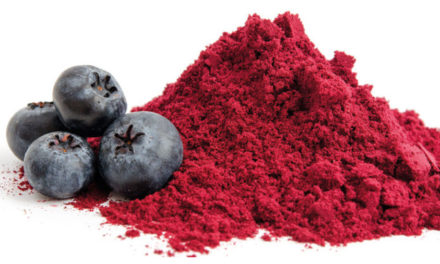Developments and Prospects in Imperative Underexploited Vegetable Legumes Breeding: A Review
Sandeep Kaur Dhaliwal 1, Akshay Talukdar 2, Ashish Gautam 3, Pankaj Sharma 1, Vinay Sharma 4 and Prashant Kaushik 5,6,*
1 Department of Plant Breeding and Genetics, Punjab Agricultural University, Ludhiana 141004, India; sandeep2-pbg@pau.edu (S.K.D.); pankaj-pbg@pau.edu (P.S.)
2 Division of Genetics, Indian Agricultural Research Institute, New Delhi 110012, India; akshay.talukdar@icar.gov.in
3 Department of Genetics and Plant Breeding, G.B. Pant University of Agriculture and Technology, Pantnagar, Uttarakhand 263145, India; gautam.ashish801@gmail.com
4 International Crops Research Institute for the Semi-Arid Tropics (ICRISAT), Hyderabad 502324, India; S.Vinay@cgiar.org
5 Instituto de Conservación y Mejora de la Agrodiversidad Valenciana, Universitat Politècnica de València, 46022 Valencia, Spain 6 Nagano University, Ueda 386-0031, Japan
* Correspondence: prakau@doctor.upv.es; Tel.: +34-96-387-7000
Abstract
Vegetable legumes are an essential source of carbohydrates, vitamins, and minerals, along with health-promoting bioactive chemicals. The demand for the use of either fresh or processed vegetable legumes is continually expanding on account of the growing consumer awareness about their well-balanced diet. Therefore, sustaining optimum yields of vegetable legumes is extremely important. Here we seek to present d etails of prospects of underexploited vegetable legumes for food availability, accessibility, and improved livelihood utilization. So far research attention was mainly focused on pulse legumes’ performance as compared to vegetable legumes. Wild and cultivated vegetable legumes vary morphologically across diverse habitats. This could make them less known, underutilized, and underexploited, and make them a promising potential nutritional source in developing nations where malnutrition still exists. Research efforts are required to promote underexploited vegetable legumes, for improving their use to feed the ever-increasing population in the future. In view of all the above points, here we have discussed underexploited vegetable legumes with tremendous potential; namely, vegetable pigeon pea (Cajanus cajan), cluster bean (Cyamopsis tetragonoloba), winged bean (Psophocarpus tetragonolobus), dolichos bean (Lablab purpureus), and cowpea (Vigna unguiculata), thereby covering the progress related to various aspects such as pre-breeding, molecular markers, quantitative trait locus (QTLs), genomics, and genetic engineering. Overall, this review has summarized the information related to advancements in the breeding of vegetable legumes which will ultimately help in ensuring food and nutritional security in developing nations.
(…)
Keywords
underexploited legumes; vegetable breeding; pre-breeding; molecular markers; QTLs







